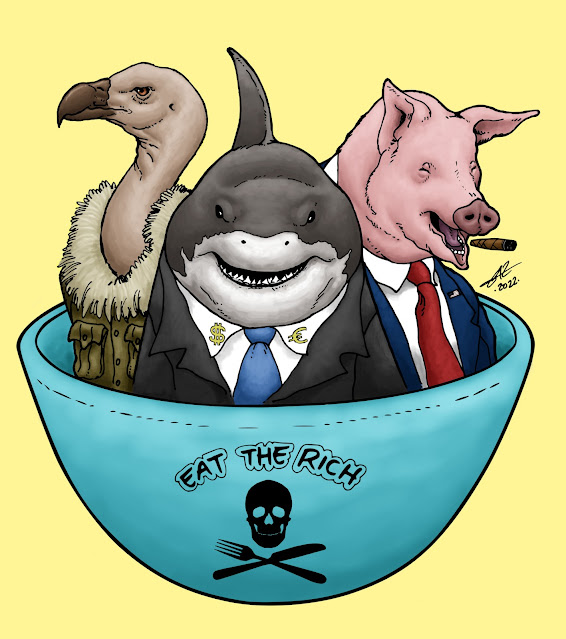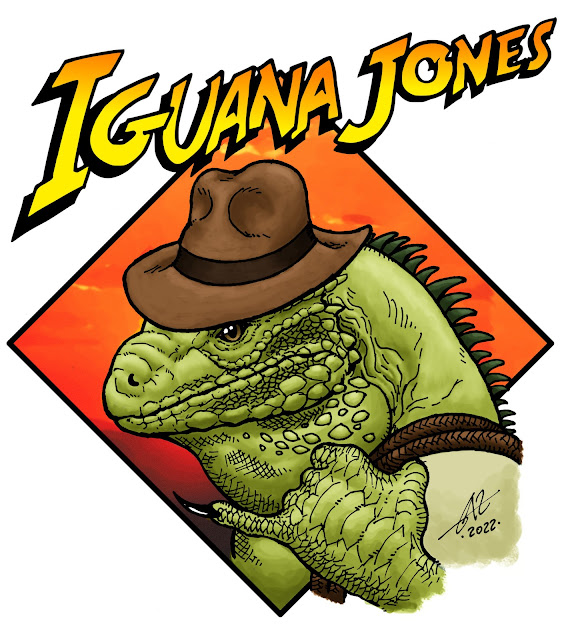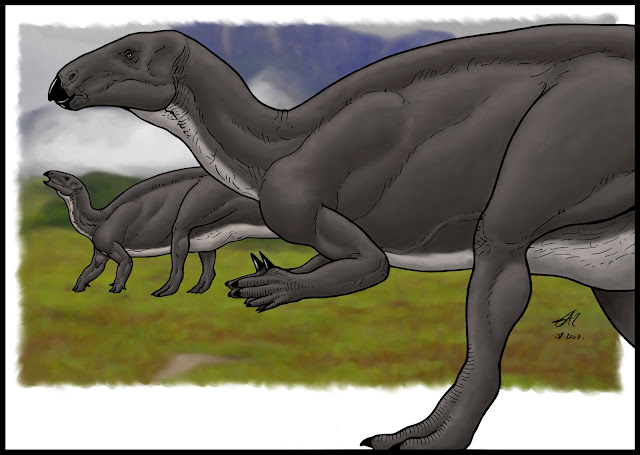Remembering "Walking With Dinosaurs"

Being aware, through my favorite online sources on paleontology and paleoart, of the recent release of season two of the documentary series Prehistoric Planet , and having just taken a quick glance at the high production values and stunning visual effects, has made me remember the first series of this kind to be ever released, and what a big deal it was back then. Of course I’m talking about the BBC’s Walking With Dinosaurs , produced by Tim Haines, narrated by Kenneth Branagh (or Avery Brooks i n the version broadcast in the USA) and released in late 1999 or early 2000, depending on where you lived . At the time, the most convincing dinosaurs we had ever seen on a screen were those created by Industrial Light and Magic and Stan Winston’ s Studio for the Jurassic Park movie (which just turned 30, by the way, dating from 1993) and its sequel The Lost World (1997), both works of fiction that, despite showing relatively accurate and highly believable dinosaurs compared to pre...


